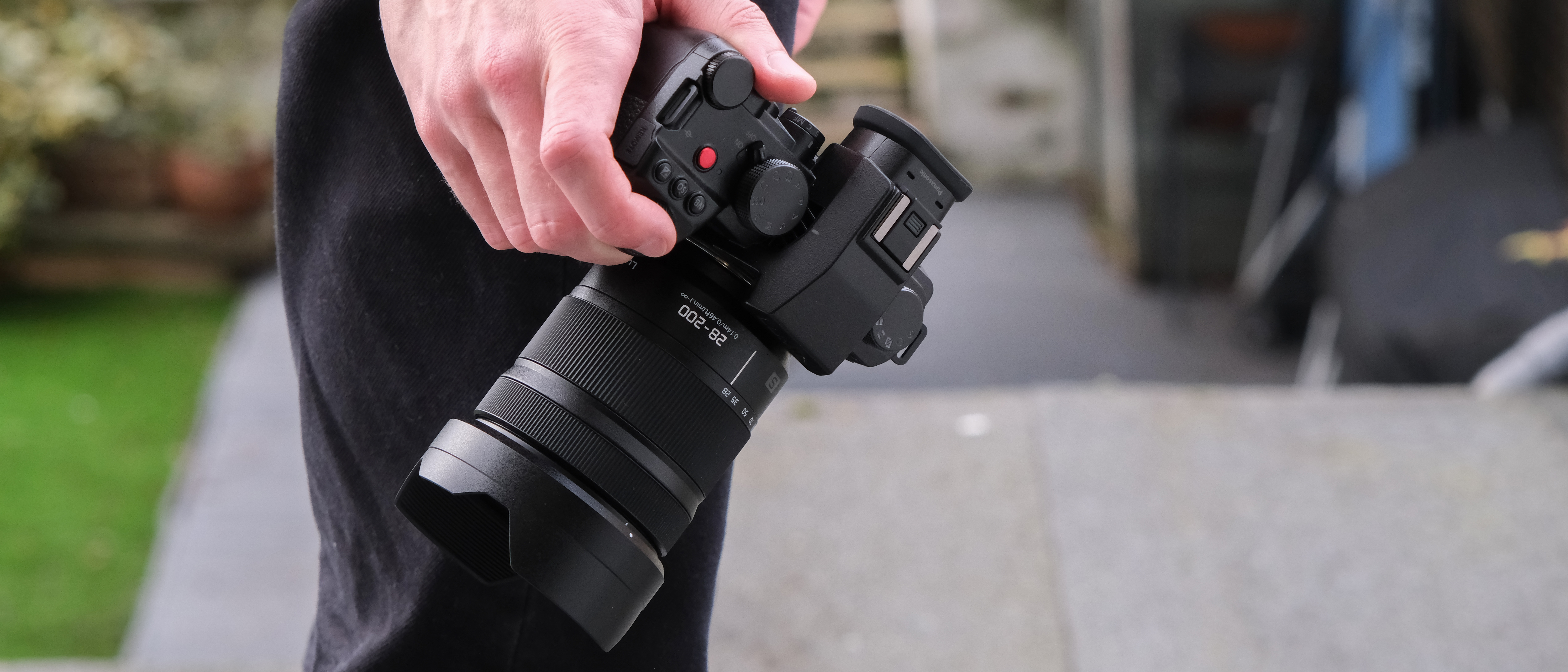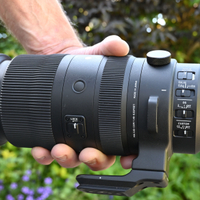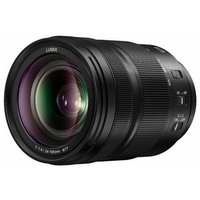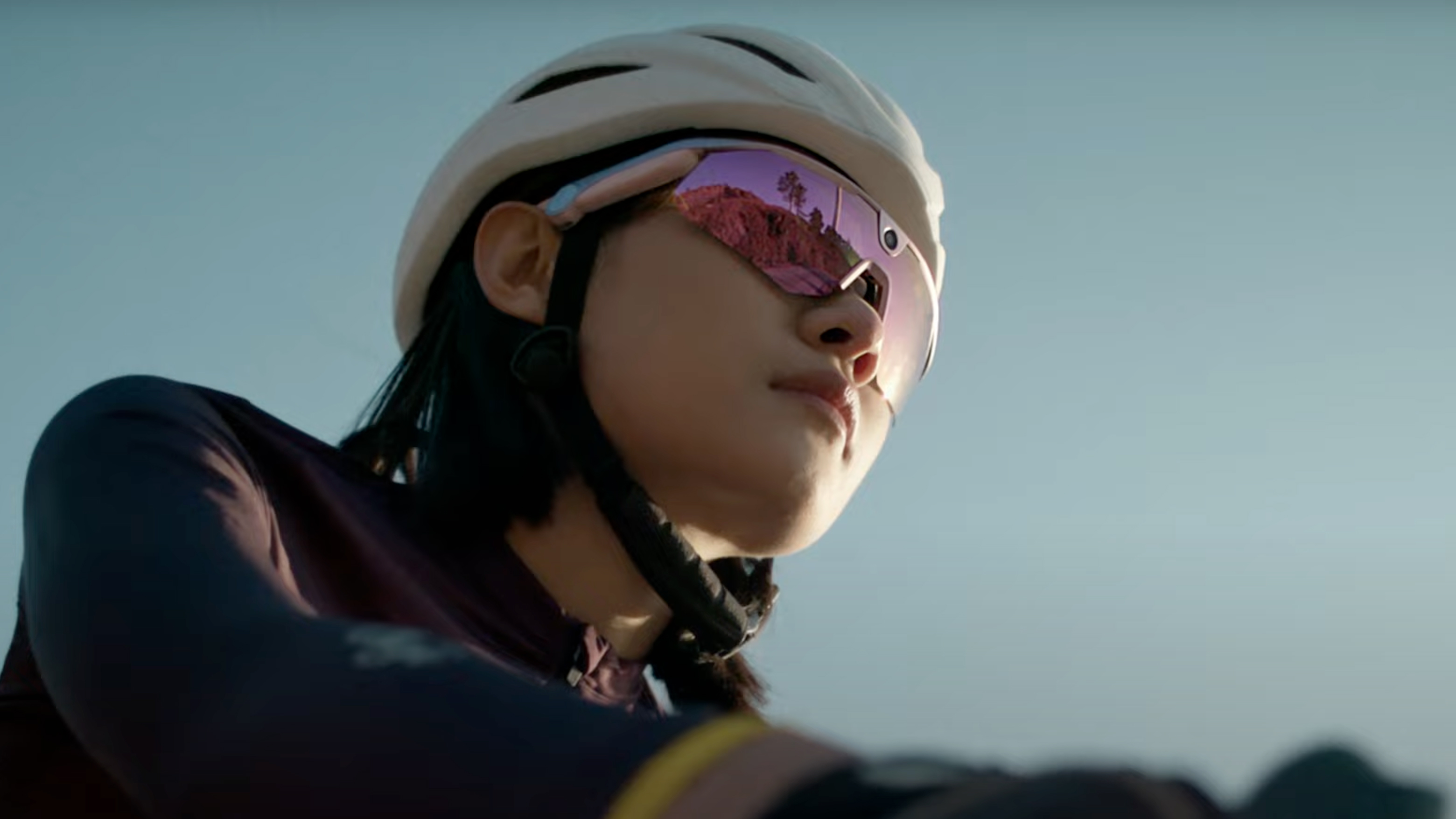Digital Camera World Verdict
Superzoom lenses often get a bad rep despite their usefulness for covering a wide range of focal lengths. The Lumix S 28-200mm covers a fantastic range and does so in a design that is more compact and lightweight than ever before. This lens deserves a place in any Lumix shooter’s arsenal for traveling light. Image quality is very good throughout the range for a lens of this class, and the image stabilization is excellent, with super steady photos and video even at full stretch.
Pros
- +
Very compact and lightweight
- +
Useful range of focal lengths
- +
Good image quality throughout focal range
- +
Weatherproofed for traveling
Cons
- -
Not as sharp as primes or some shorter zooms
- -
28mm not ideal for macro
- -
Shorter focal range than rivals
Why you can trust Digital Camera World
Every camera system has its own compact wide-tele superzoom lens – are they the most talked about or most beloved lenses, no, but still that doesn’t stop them from being some most useful lenses for any camera.
The Lumix S range has been missing its own compact superzoom lens, although thanks to the open L-Mount, there have been a couple of third-party options to fill this gap. But Panasonic has decided it's time to offer up its own first-party solution with the Lumix S 28-200mm f/4-7.1 Macro O.I.S., and never a company to do things by halves, this is also the world's smallest and lightest 7x zoom lens for full frame cameras.
With wide to tele focal lengths covered in one package, these lenses allow photographers to travel light, with one lens doing the work of several, so are incredibly useful if you don't have much space in a bag – or just loathe frequently changing lenses.
With some recent impressively compact optics from Panasonic, the company has clearly seen this as the opportunity to expand on its experience making smaller and lighter lenses to deliver Lumix shooters a do-it-all lens. However, the pursuit for size and weight reductions has come at the cost of some focal length ranges versus rivals, with other systems offering 24-240mm ranges – although in physically larger lenses. But has Panasonic done enough to make a convincing case that small size trumps bigger range?

Panasonic Lumix S 28-200mm: Specifications
| Mount | L-Mount |
| Aperture | 9 diaphragm blades / Circular aperture diaphragm |
| Lens Construction | 17 elements in 13 groups (1 aspherical lens, 4 ED lenses, 1 UHR lens) |
| Aperture | f/4.0 - f/32 |
| Image Stabilization | Dual I.S. 2 |
| Closest Focusing Distance | 0.14m/0.46ft (at focal length 28mm) |
| Maximum Magnification | 0.5x (at focal length 28mm) |
| Dust and Splash Resistant | Yes |
| Filter Size | 67mm |
| Size (L x W) | 93.4mm / 3.68inch x 77.3mm / 3.04inch |
| Weight | 413g / 0.91lb (excluding lens cap, lens rear cap and lens hood) |
Panasonic Lumix S 28-200mm: Price
At $899 / £899 / AU$1,599, the Lumix S 28-200mm comes in at a competitive price compared to the competition – and while it has a slightly shorter focus range, it has some size savings and technical advancements to justify any additional price tag. On other systems – Canon's RF 24-240mm costs the same money, although Sony's 24-240mm lens is considerably more expensive than either of these by about $150 / AU$300.
Panasonic Lumix S 28-200mm: Design & Handling
Panasonic is on a hot streak for shrinking its lenses, with the Lumix S 100mm macro lens being a genuine marvel of engineering achieving a new record for its compact size and weight for a full frame 1:1 macro lens. So I was very surprised to learn that for the Lumix S 28-200mm, Panasonic was not using the same Dual Phase linear motor that achieved that size and weight reduction in the 100mm, but instead just relying on Panasonic's experience over the years of making smaller Micro Four Thirds lenses.
At a compacted size of 93.4mm/3.68in and 413g/0.91lb total weight, the 28-200mm is so impressively small and lightweight for its focal length. I carried this lens around on a Lumix S5 IIX camera for testing and it didn’t feel any different from having something more akin to a standard 18-55mm or short-mid prime lens. And compared to rival lenses from Canon and Sony – Panasonic's lens has a saving of around 300g and 20cm when collapsed, so there is a real noticeable difference (although these lenses do stretch to 240mm versus Panasonic's 200mm).
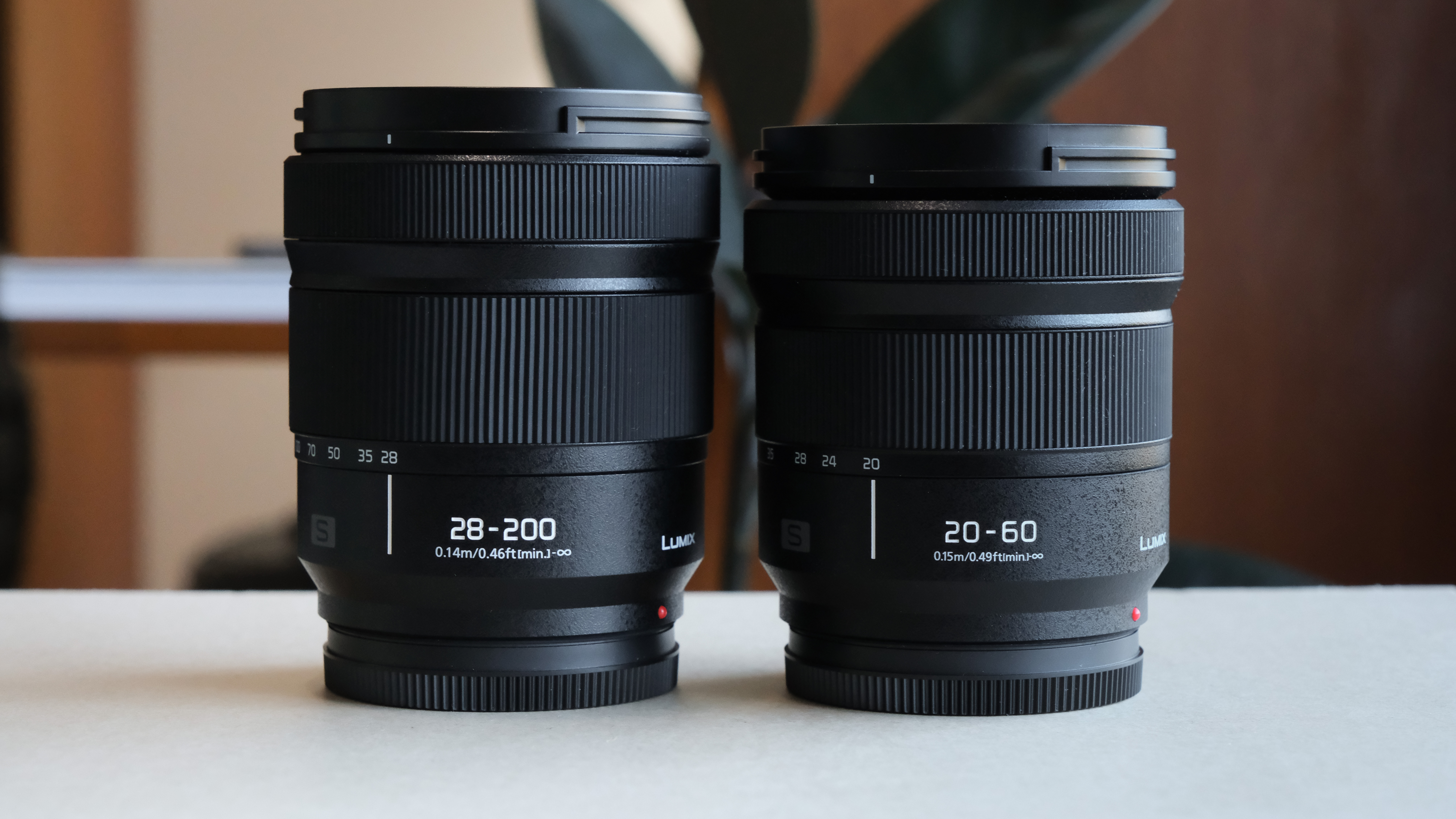
The lens design follows Panasonic’s other S lenses and the 28-200mm lens blends in perfectly with the existing collection. My favorite aspect of Panasonic's lens design is the thinking behind the whole range rather than each mode. With the 28-200mm, the overall lens size is actually only a few mm taller than the Lumix S 20-60mm lens – which helps a lot with balancing on gimbals and tripods for video, they also use the same 67mm filter thread, so you can spend less money on buying duplicate filters or using bulky adapter rings.
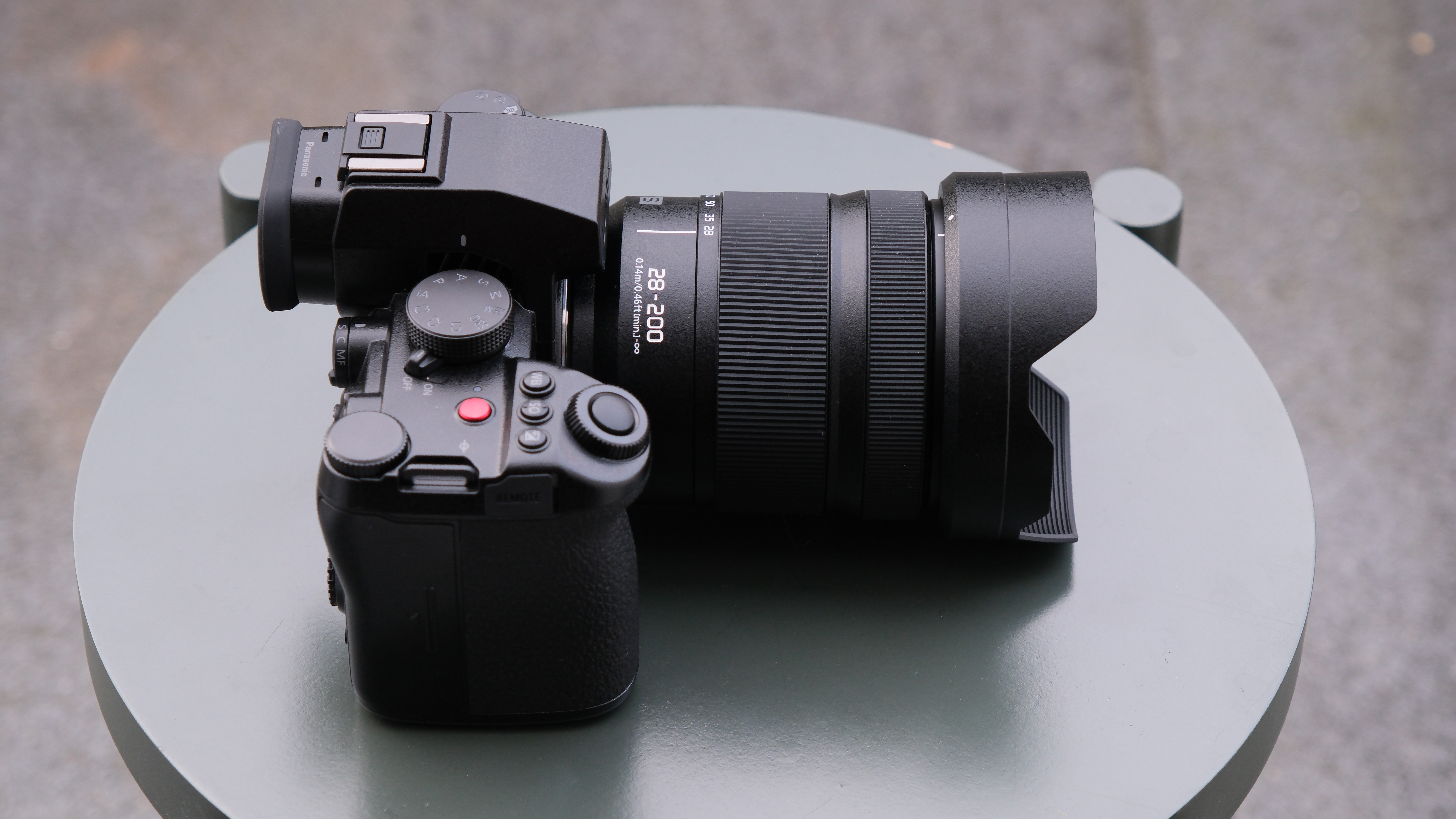
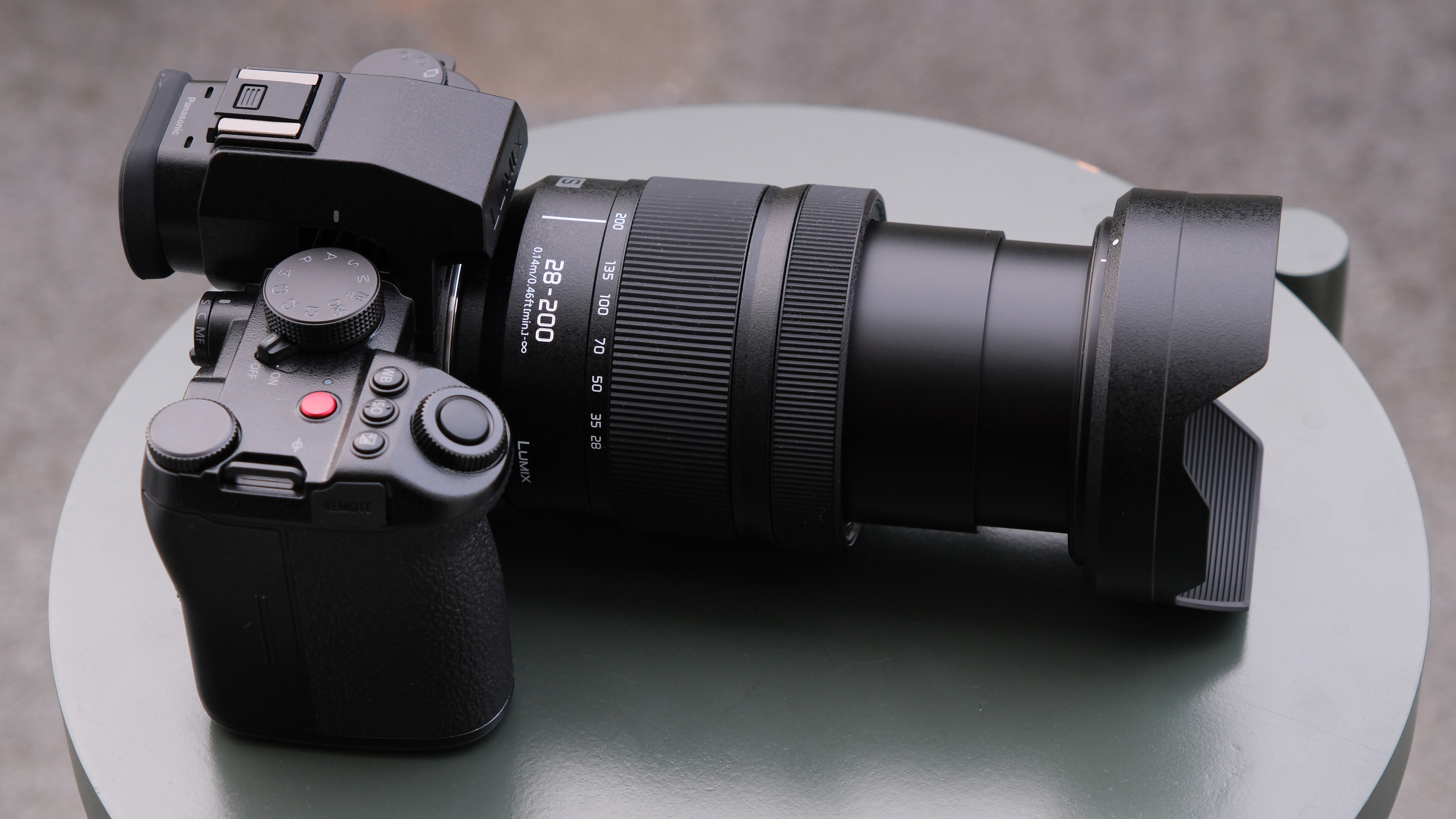
On the lens, there are the usual two switches for switching between auto and manual focus and turning the optical image stabilization on or off in the lens itself. Otherwise, there are no custom function buttons on the lens contrary to current trends from other manufacturers. The lens comes with a petal design hood in the box to keep out stray flares and protect the front of the lens which is appreciated.
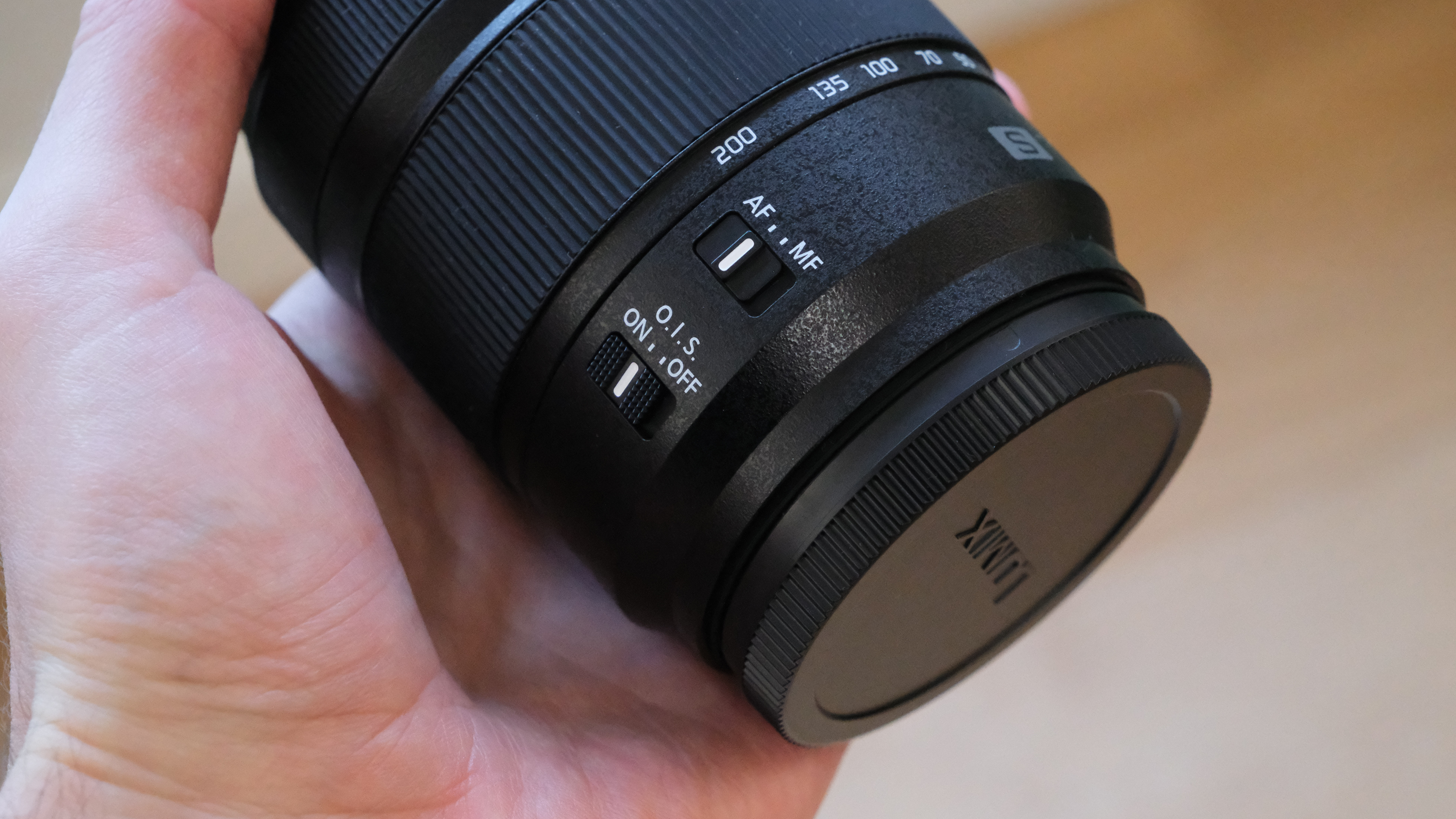
Panasonic Lumix S 28-200mm: Photo Performance
Image quality throughout the zoom range is very good, with sharpness and contrast on the Lumix S5 IIX camera I was testing on being solid at every focal length. Does it quite rival the quality of a great prime lens or professional zoom lens? Well no. But for a 7x zoom lens in its price and weight brackets, it exceeded my expectations.
I have to admit I am usually a fan of prime lenses, but this lens has won me over with its size and quality, and I would consider packing it alongside a single short prime to go traveling with for some versatility.
Sharpness in the center is very good at every focal length, with only the edges showing some softness. This is better in the wide to mid tele range, with the lens showing a little more weakness in the corners at full stretch. There is also a fair amount of purple fringing around branches and areas of high contrast in a few shots when zoomed in, although this is easily nipped with some editing.
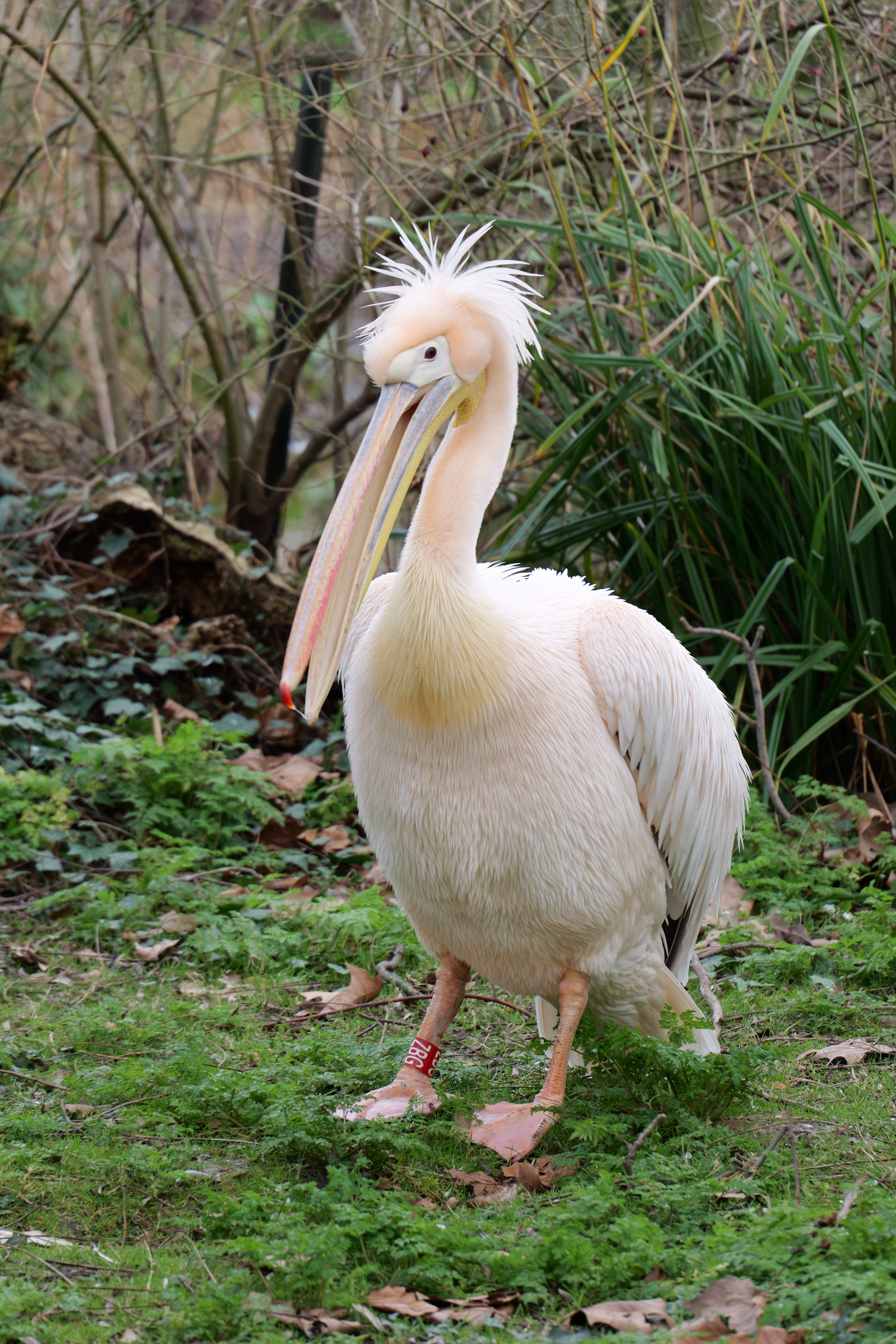
The lens uses Panasonic’s latest Dual I.S. 2, which combines optical image stabilization with in-body image stabilization – and the in-body image stabilization on the Lumix S5 IIX is some of the best available in any camera. All this means that the image stabilization on the 28-200mm is absolutely stand-out, at 200mm even in low light my images were held steady.
The only downside is that due to the modest aperture value of f/7.1 at the long end of the lens, the shutter speed often has to be pushed higher than is ideal, so image stabilization came into play more often than I thought. Taking photos of swift subjects like birds, also means that slower shutter speeds leave you more susceptible to subject movement blur. However, that is very much par for the course with superzoom lenses of this size and cost, so I can't hold it too much against this 28-200mm lens.
Autofocus too is nice and snappy, pulling from near to far in a flash, although very occasionally focusing very closely there was a little hunting for the focal point. The focus though is incredibly quiet.



One aspect that feels maybe slightly unnecessary is the half-size (0.5x) macro. While the 3cm from the front of the lens, (or 14cm for the sensor) distance is pretty darn impressive, it is only effective at the widest 28mm focal length – which is far from my ideal length for macro. If this was just a happy coincidence of the lens design then great, but it doesn’t to me feel like a feature that should be a big talking point of the lens. Macro photos are sharp enough, but I find the perspective just a little strange depending on the angle to the subject.
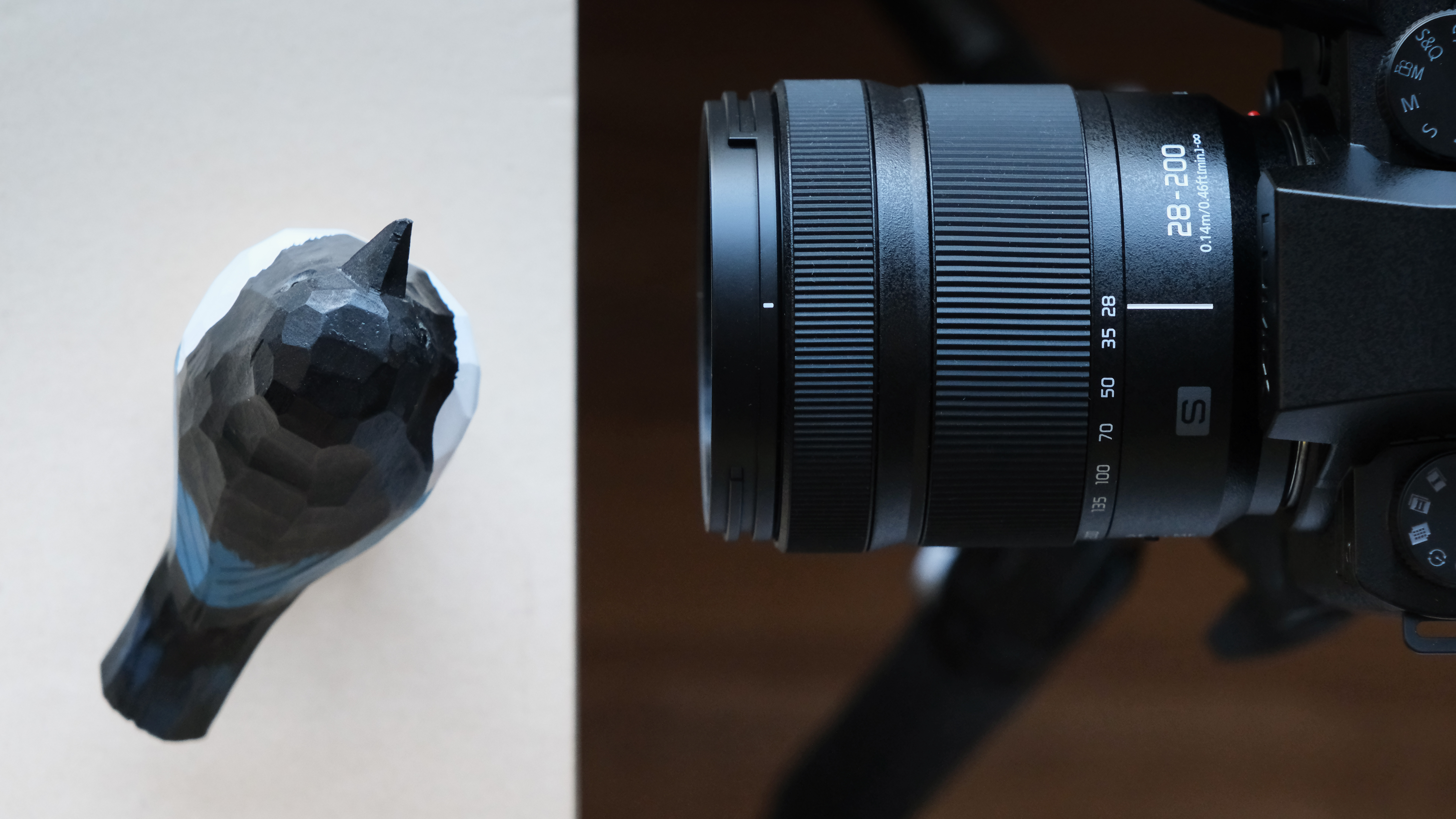


Panasonic Lumix S 28-200mm: Sample Images




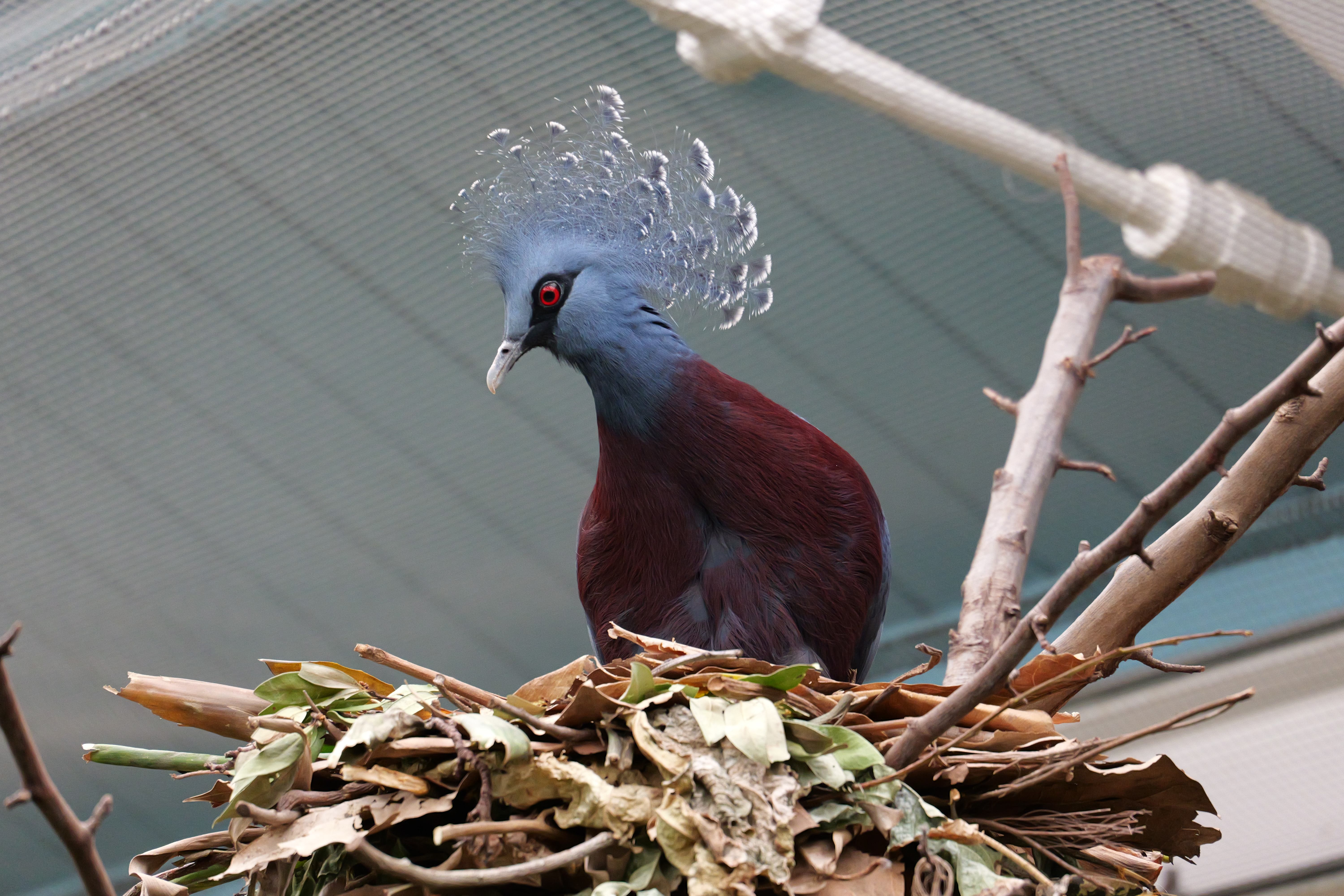


Panasonic Lumix S 28-200mm: Video Performance
Panasonic is the king of video right now, and this lens just adds to its domination. The quality of video is so good across the focal length, but the video at 200mm stands out for its sheer quality as well as the outstanding levels of stabilization that Panasonic manages to achieve.
I was shooting handheld with the Lumix S5 IIX, which has incredible in-body image stabilization but combined with the Dual I.S. 2 stabilization I got such smooth footage fully extended. The results look incredible straight out of the camera.
Panasonic Lumix S 28-200mm: Lab results
We run a range of lab tests under controlled conditions, using the Imatest Master testing suite. Photos of test charts are taken across the range of apertures and zooms (where available), then analyzed for sharpness, distortion and chromatic aberrations.
We use Imatest SFR (spatial frequency response) charts and analysis software to plot lens resolution at the center of the image frame, corners and mid-point distances, across the range of aperture settings and, with zoom lenses, at four different focal lengths. The tests also measure distortion and color fringing (chromatic aberration).
Sharpness:
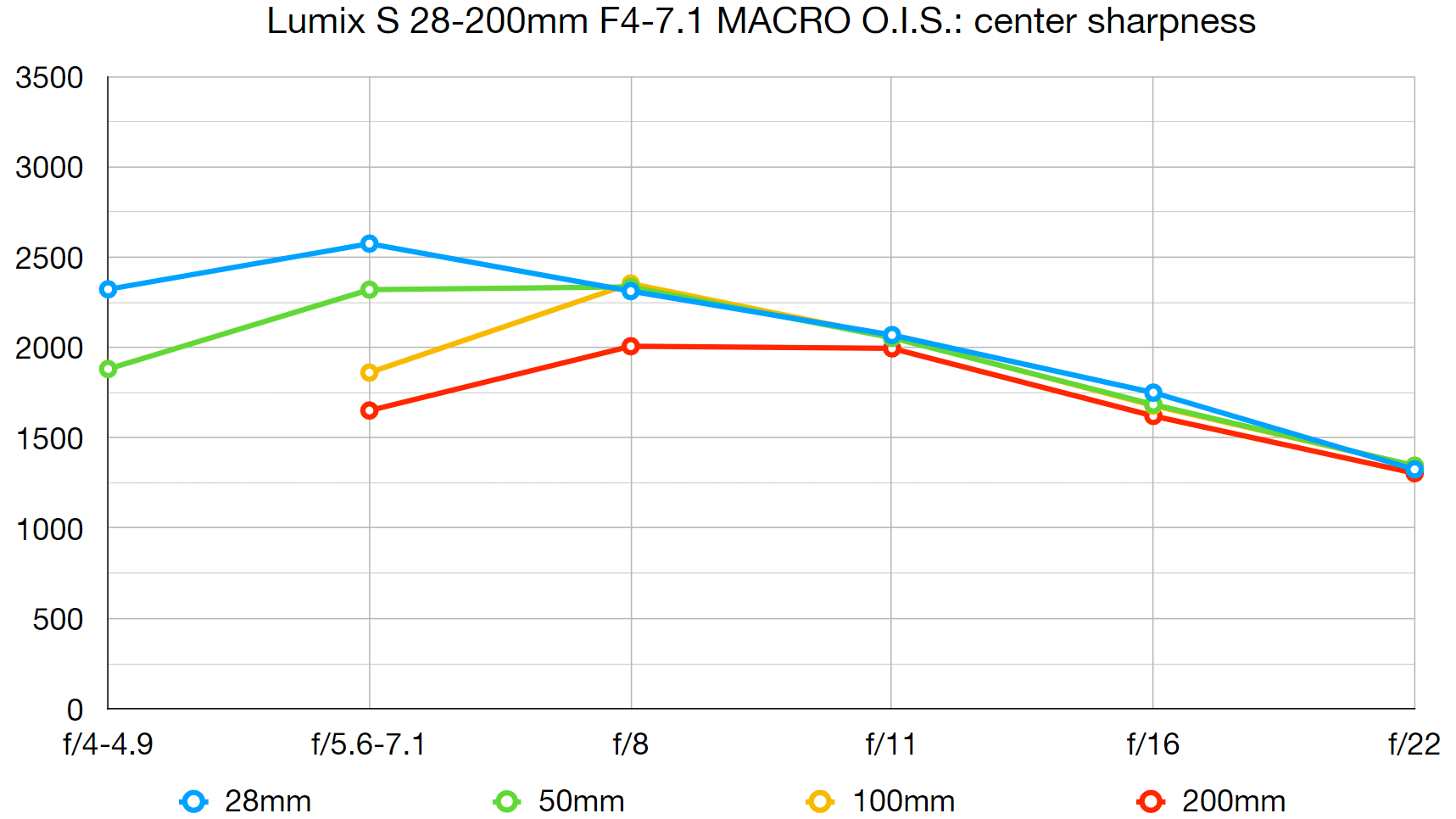
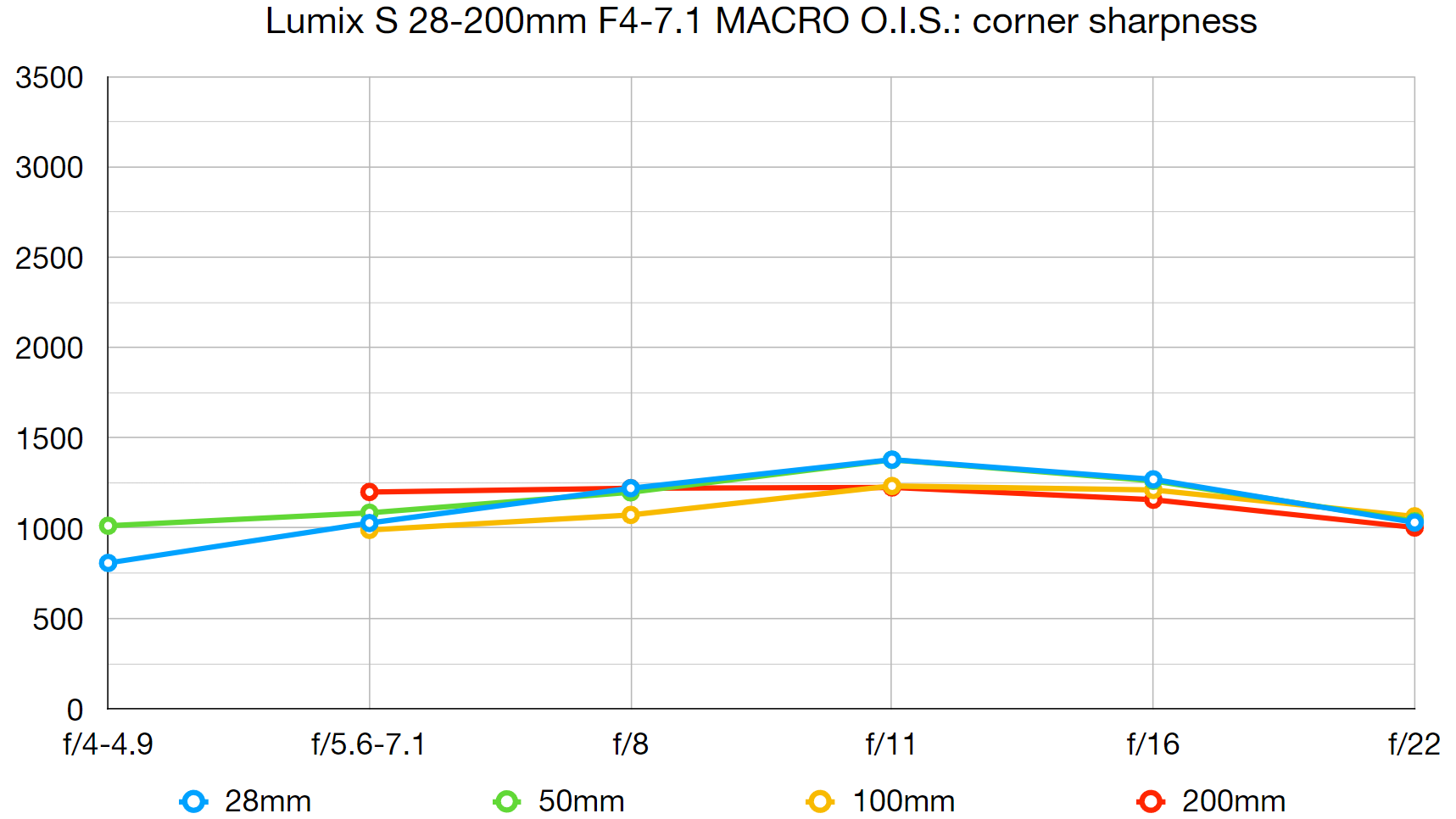
Considering superzoom lenses usually have compromised image quality, the Panasonic 28-200mm delivers very respectable centre sharpness at all focal lengths, with the short end of the zoom range being particularly impressive.
However, the limitations of the superzoom design become apparent when we look at corner sharpness. Scores are average, though at least consistent, throughout the focal range, and especially at larger apertures. Even so, this is by no means a bad performance.
Fringing:
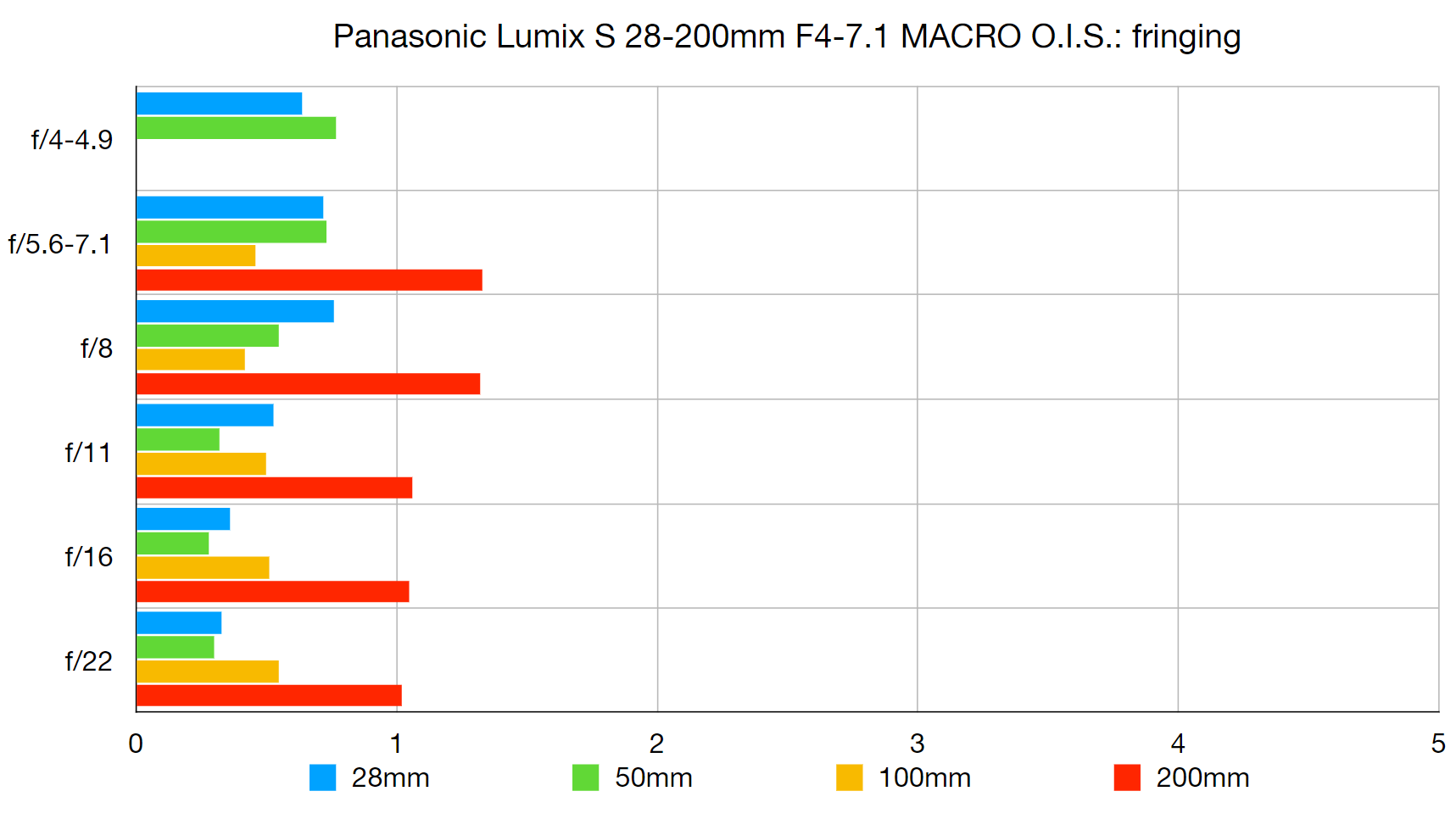
Color fringing is well controlled and of a low order, especially at shorter focal lengths. Only at maximum zoom does it start to become apparent, but just barely. And this is with in-camera aberration correction disabled.
Distortion:
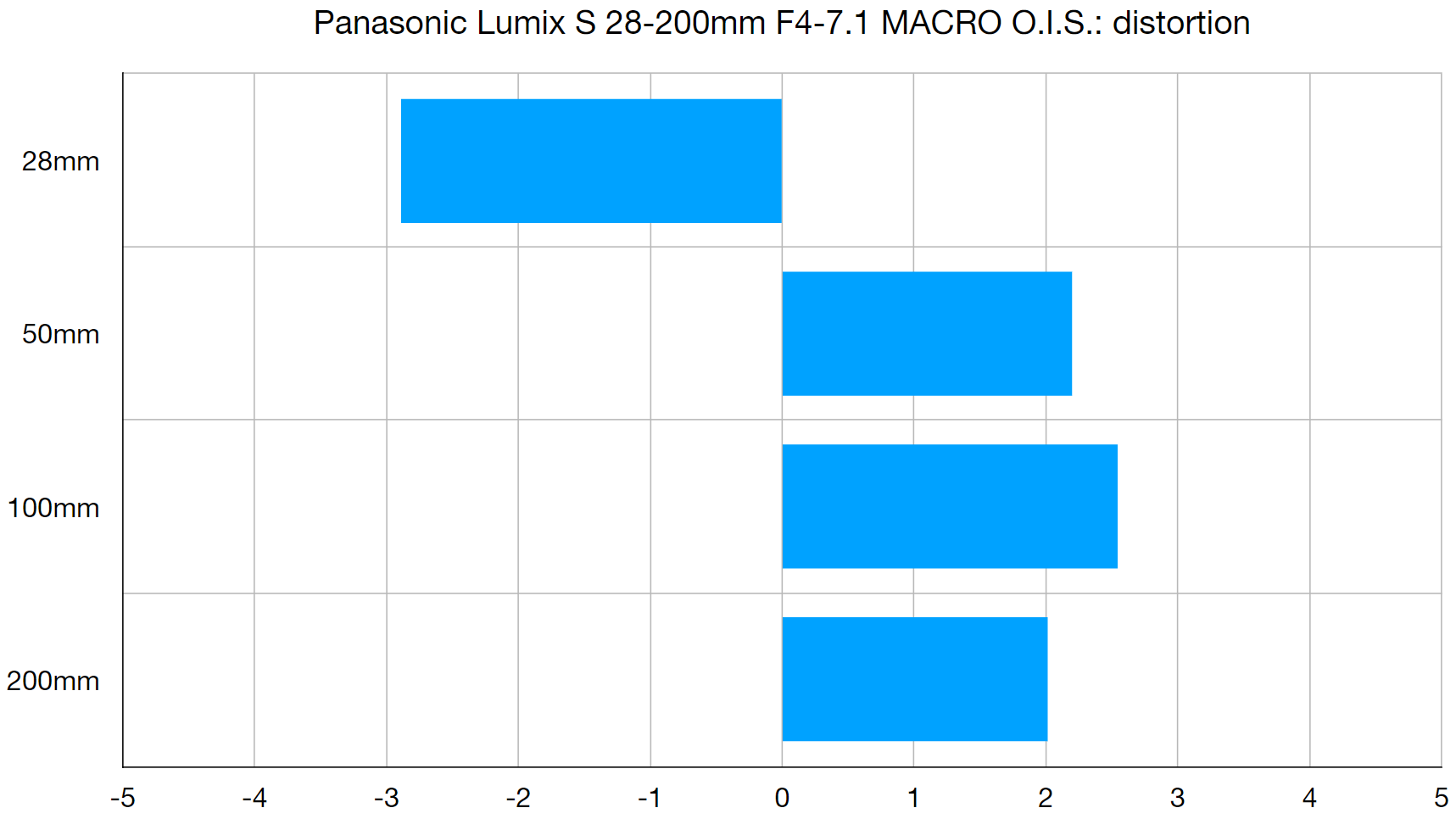
There's visible barrel distortion at 28mm, which quickly transitions to similarly noticeable pincushion distortion at 50mm and beyond. However, we've seen far greater degrees of distortion from lenses with only a fraction of the focal range of the Lumix S 28-200mm, plus you can always enable distortion correction to iron things out.
Panasonic Lumix S 28-200mm: Verdict
The Lumix S 28-200mm f/4-7.1 O.I.S. should unquestionably feature on any Panasonic photographer's wish list who wants a compact and lightweight lens that covers all the most needed focal lengths from wide to tele in handy one package.
The very impressive compact size and incredibly light weight of the 28-200mm put it ahead of the competition for convenience and space-saving, although it is a slight shame that the focal length is a little shorter than other brands, but it's a trade-off I can accept for the physical savings.
Image quality is very good throughout the zoom range, while it won't rival primes or pro lenses for sharpness, images were clear with good contrast, and the Dual I.S. works wonders for steady shooting in stills, but also in video, where results were very impressive.
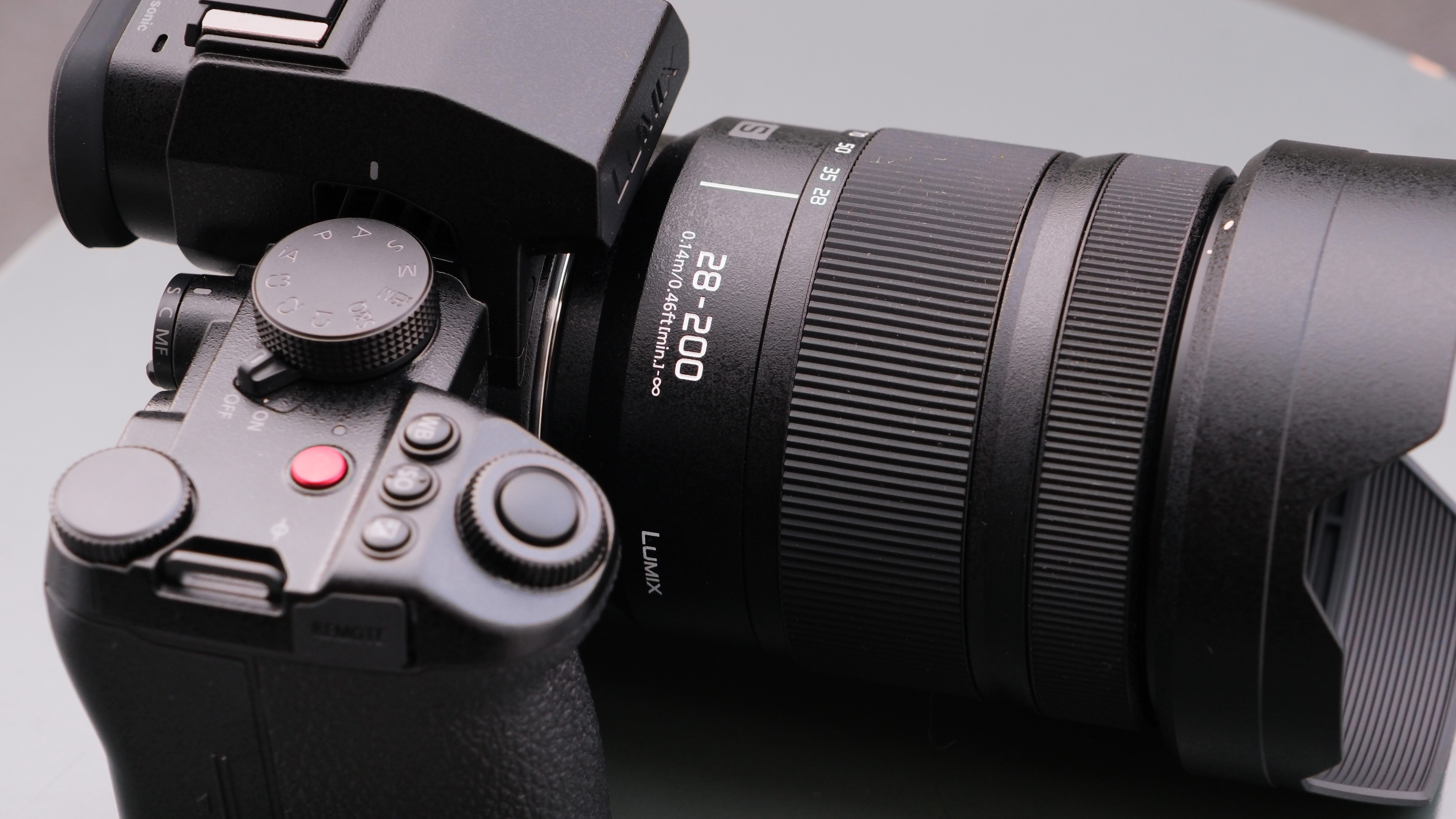
✅ Buy it if...
- You want a compact and lightweight lens that offers a big focal range
- You don't want to be frequently changing lenses
- You are getting started with photography and video and want a versatile lens to learn with
⛔️ Don't buy it if...
- You won't make use of the full focal range
- You prefer shooting with prime lenses
- You want the absolute best image quality possible
Alternatives
If you are looking for the most amount of range you can achieve with a single lens for a Panasonic camera then the Sigma 60-600mm f/4.5-6.3 DG DN OS Sports is an almighty choice. There isn't much to work with in terms of wide angles, but at 600mm at the top end, you can get in very close!
The standard length lens is often overlooked, but a great option with a constant f/4 aperture is the Panasonic Lumix S 24-105mm f/4 Macro O.I.S. It doesn't have the same reach at the top end, but its quality throughout is undeniable.

Gareth is a photographer based in London, working as a freelance photographer and videographer for the past several years, having the privilege to shoot for some household names. With work focusing on fashion, portrait and lifestyle content creation, he has developed a range of skills covering everything from editorial shoots to social media videos. Outside of work, he has a personal passion for travel and nature photography, with a devotion to sustainability and environmental causes.
